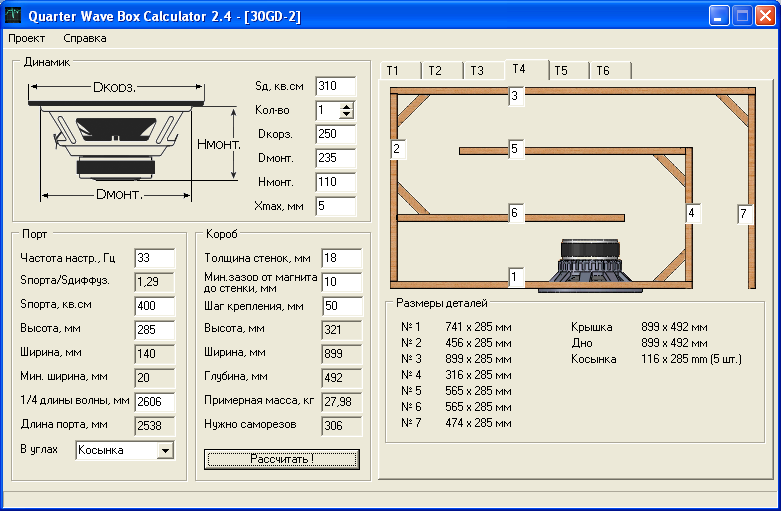Photo 1: The TABAQ speaker A transmission line designed and optimized for the Tang Band 3” full- range drivers. Inspired by debates on the Internet about quarter wave designs with Tang Band 3˝ full-range drivers, I decided to design my own quarter wave loudspeakers. They sure deserve a better construction than those found on the Internet. In the last couple of years, I have worked with the useful simulation models from Martin J.

King and designed and built a successful TL sub (“The HideAway TL Sub,” 7/06 aX). Working with Martin’s models is quite educational, and I feel confident about quarter wave (transmission line) design. Please refer to my article “Martin J. King for Dummies” on.
The most common example of a loudspeaker that relies on a quarter wavelength acoustic standing wave is a transmission line enclosure. This style of loudspeaker has been on the fringe of the audio mainstream for many years with just a few smaller companies building and marketing this enclosure. A transmission line loudspeaker is a loudspeaker enclosure design (topology) that uses an. 35 years until the start of the 21st Century) as a period when the 'classical designs' were created. Filling the tube from the driver to half the tubes length aim at a quarter wave resonator, leaving the fundamental tone with its.
The TABAQ Sound Pressure Level (SPL) is impressive for such a small driver, with a very smooth and broad frequency response. The dashed line in Fig. 1 is the Infinite Baffle (IB) response, and the solid line is the summed output from the driver and the opening. The sound is open with no unwanted resonances, and the bass is relatively deep and clean.
The first time you listen to this speaker, you will be impressed by the quality of the sound and performance of the bass, bearing in mind the size of the driver and the lack of financial problems building it. The problems with baffle step are corrected with a simple filter, which balances the SPL in the listening room. Figure 1: TABAQ sound pressure level. Tang Band Drivers You can use all the 3˝ drivers in this construction. Obertka na shokolad fotoshop onlajn.
My first test was with W3-926S, which I replaced with W3-315SC. The Tang Band drivers have a relatively high Fs and very high Qts, which means the rolloff is more gentle than a low Qts driver, and it is therefore possible to design a quarter wave with useful output well below Fs. However, high Qts drivers can be difficult to control. The whole idea with a quarter wave — or transmission line — is to extend the bass by the contribution from the opening. At the cabinet resonance, the output adds to the driver output. However, there are some unwanted higher harmonics, which are out of phase with the driver, causing uneven frequency response. These problems can be solved by different design parameters, which I have successfully used with the TABAQ design.
Figure 2: TABAQ design. Design The tuning frequency of the cabinet alone should be set lower than the driver Fs. Because the drivers all have a very high Qts, I started to see how low I could go, getting maximum bass performance out of the drivers without losing the overall frequency balance. After hours of simulation with Martin’s MathCad models, I found the best compromise was 55Hz, which is low for drivers with an Fs of 100 or 110Hz.
But it works! The tuning frequency is set by the length of the pipe and the geometry. A tapered pipe is shorter than a straight pipe for the same tuning frequency. TABAQ uses the mass loading principle, in which the last part of the pipe has a smaller area than the rest of the pipe. The air in this part of the pipe adds resistance to the driver (more mass-mass loading). Compared to a straight pipe, the length is shorter. The problems with unwanted higher harmonics are solved by driver placement, stuffing, and applied the geometry as in the mass loading.
The driver is one-third down the pipe, a common and well-known trick to attenuate the upper harmonics. Kartochki primeri na slozhenie i vichitanie do 10 years. However, this is not enough, and damping of the cabinet is needed (as it is in every quarter wave). The damping is high (1 lb per cubic foot) and is placed in the upper part of the pipe. The last third of the pipe is not stuffed.